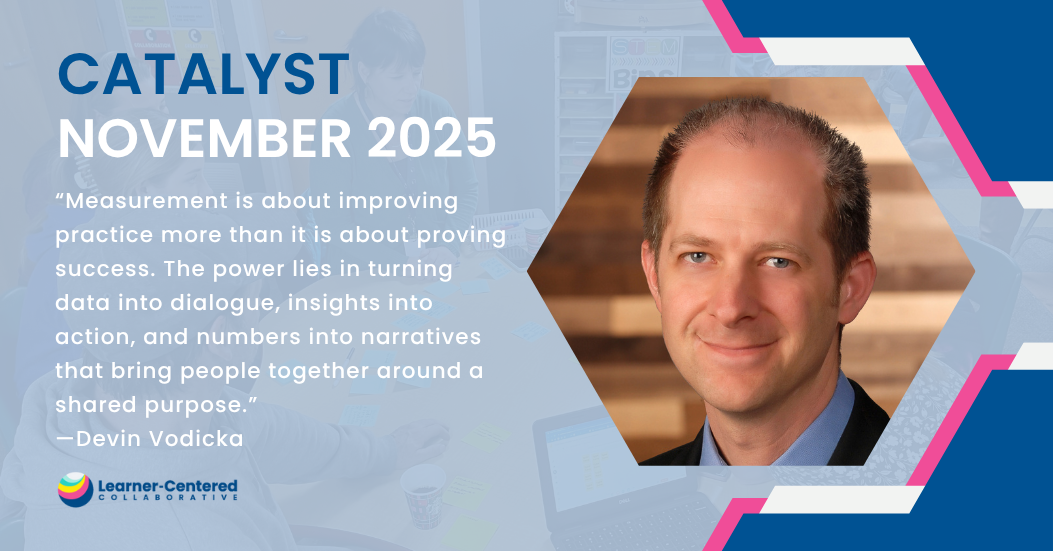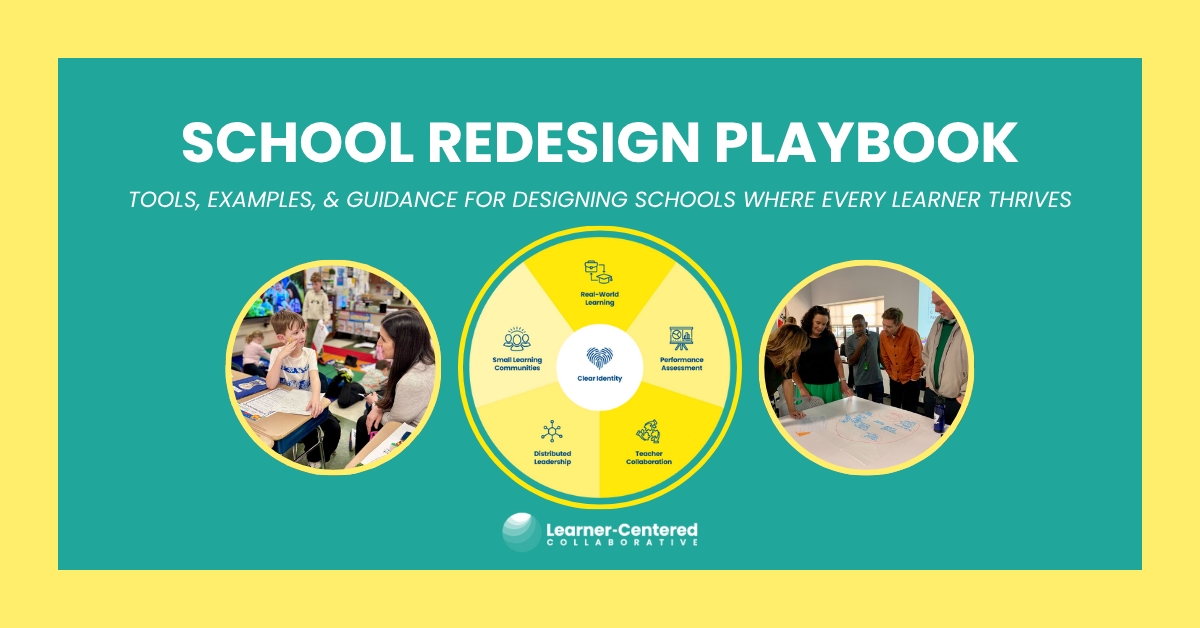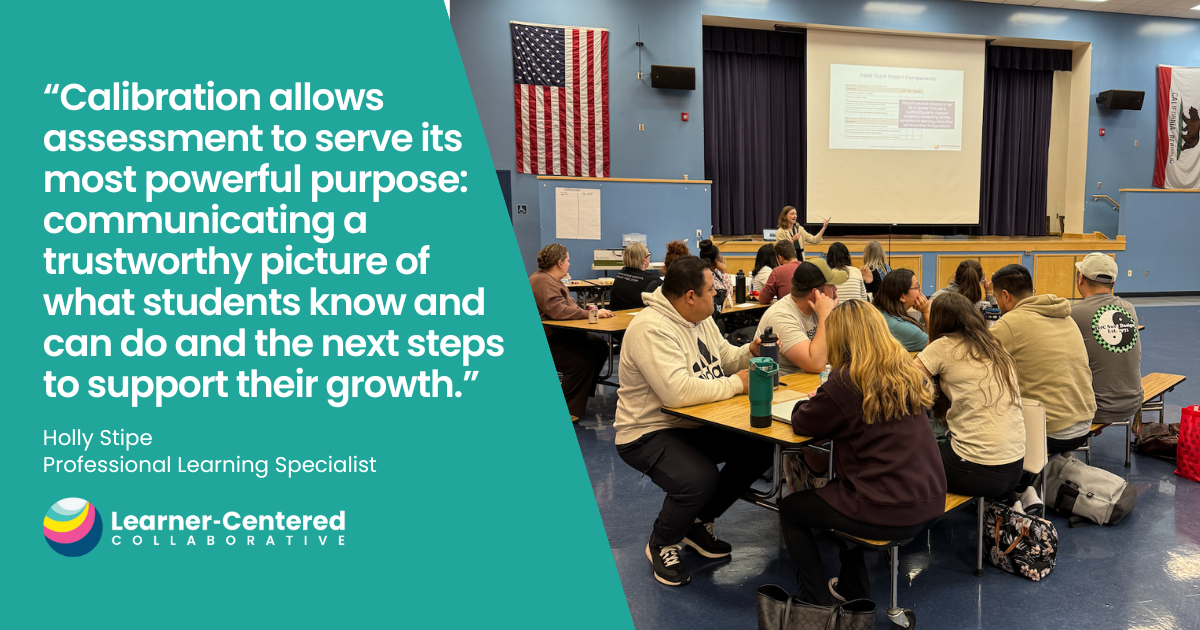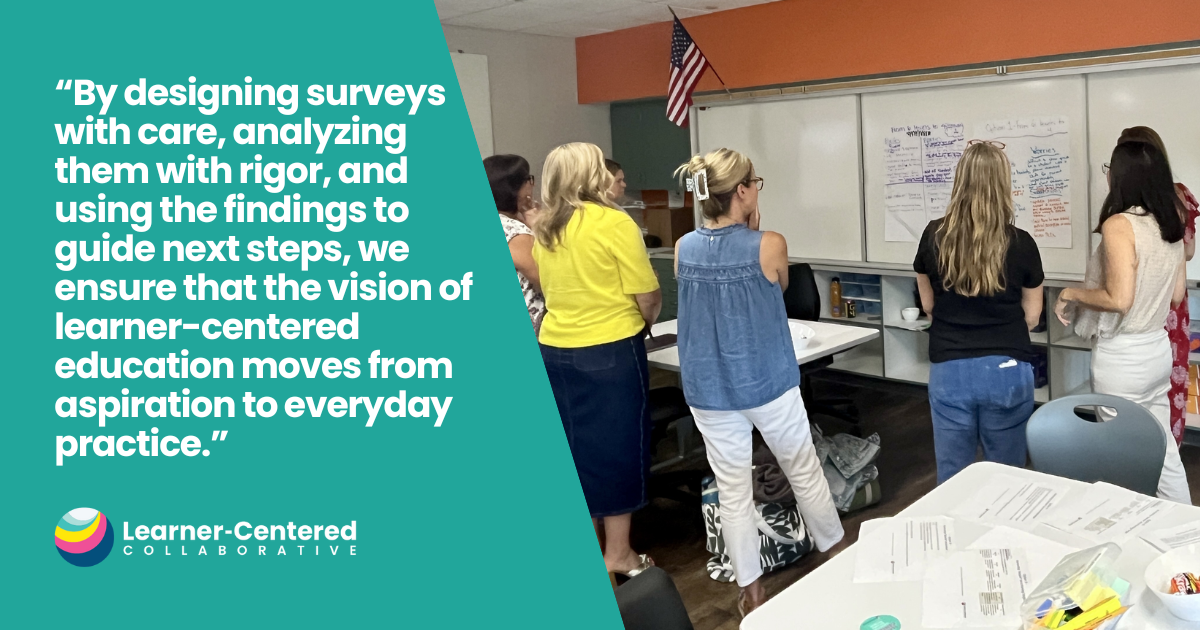How Hawaiian Charter Schools Are Honoring Identity
Contributions from Katie Martin, Learner-Centered Collaborative
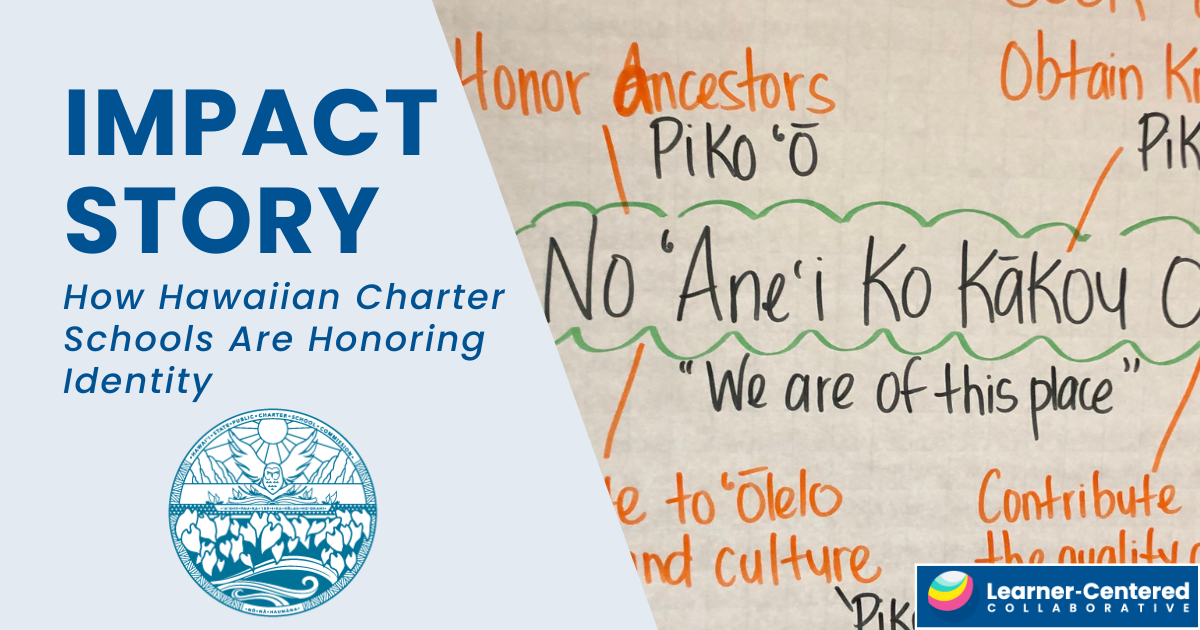
Traditional metrics tell just one part of a school’s story. For Hawaii’s charter schools – particularly those grounded in cultural missions and indigenous values – standard assessments weren’t capturing the depth and richness of student learning.
Recognizing this gap, the Hawai’i Public Charter School Commission partnered with Learner-Centered Collaborative to champion a new approach to measuring school success.
At the heart of this work are schools like Malama Honua, which guides K-8 students through their “Mind of the Navigator” framework, and Hālau Kū Māna, which empowers ʻōpio (youth ages 6-12) through culturally enriched learning and community-focused projects. Despite their innovative programs, these schools faced a common challenge: their assessment systems were primarily focused on Western standards-based metrics that didn’t reflect the rich cultural and academic experiences they provide their students.
The solution? A collaborative process to co-design custom scorecards that start with each school’s unique vision, mission, and values. These scorecards make patterns and trends visible – creating the conditions for continuous improvement aligned with community goals.
Building Trust Through Collaboration

The journey began by bringing charter school leaders together, shifting isolated efforts into an engaging community of practice. Through monthly meetings, these leaders found strength in shared experiences, building the trust necessary to tackle complex challenges together. This collaborative foundation proved essential for the work ahead.
“At the end of the year, when the leaders were coming together in their celebration of learning, the trust in the room had increased significantly,” shares Katie Martin, Chief Impact Officer at Learner-Centered Collaborative. “They were each getting up and sharing their journey with pride, sharing how their data points had improved because they were focusing on them, and just their joy about the opportunity to co-create something that really told their story.”
Expanding What Counts as Evidence
Central to this work was expanding the definition of what constitutes valid evidence of learning. The process involved:
- Listening directly to learner voices
- Incorporating portfolio and defense-based learning
- Conducting community learning walks
- Integrating Hawaiian cultural values into measurement
- Developing surveys that capture the full scope of learning
This broader view of evidence helped schools align their measurements with their missions, ensuring they could tell their complete story rather than just their standardized testing narrative.
From Clarity to Impact

As schools gained clarity around their desired outcomes, they began to see improvements across all areas. The scorecards became more than just measurement tools – they became catalysts for school improvement and community engagement. Schools began to feel validated in measuring what truly mattered to their communities, feeling seen by both the charter commission and their peers for fulfilling their charter’s mission.
“Being given the space and green light to design “success” measures outside the norm has pushed our thinking and allowed us to be creative, innovative, and aligned to our missions.” – Member of the Scorecard Community of Practice, Hawai’i Public Charter Schools
Looking Forward
Our partnership continues to evolve with several key priorities:
- Developing and refining tools for better data in the scorecards
- Building teacher capacity to use data and focus on essential practices
- Growing the scorecard work throughout more charter schools
This work represents more than just a new approach to assessment – it’s a model for how schools can honor their unique identities while maintaining high standards for learning. As Katie Martin emphasizes, “We’re coming in as facilitators to help communities focus on what matters to them and be able to have concrete, tangible evidence to tell their story of empowerment.”
Through this partnership, Hawaiian charter schools are demonstrating that when we expand our definition of success to include cultural values alongside academic achievement, we create richer, more complete pictures of student learning. It’s not about choosing between traditional metrics and cultural values – it’s about finding ways to honor both, creating a more inclusive and authentic approach to measuring school success.
Connect with us today to explore how we can support your learner-centered journey.
